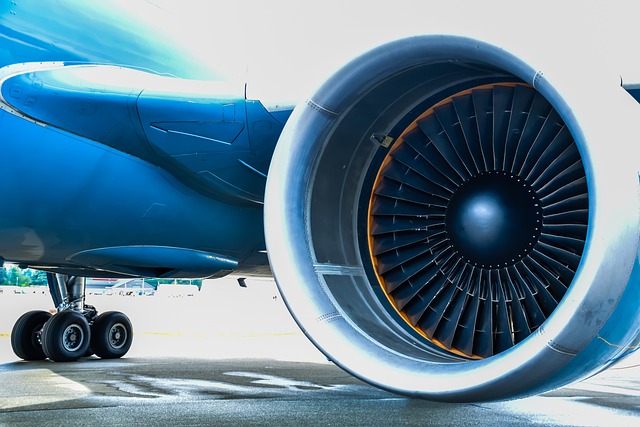Aerospace engineering is a field of engineering that focuses on the design, development, and operation of aircraft, spacecraft, and related systems. It is a multidisciplinary field that combines principles from physics, mathematics, and materials science, as well as engineering disciplines such as mechanical, electrical, and computer engineering.
Aerospace engineering can be divided into two main branches: aeronautical engineering, which deals with the design and development of aircraft, and astronautical engineering, which focuses on spacecraft and related systems. Both branches involve the application of fundamental principles of engineering to the design, analysis, and testing of aerospace systems, including aircraft, spacecraft, missiles, and satellites.
One of the primary goals of aerospace engineering is to develop technologies that allow humans to safely and efficiently travel through the Earth’s atmosphere and beyond. This involves the design of aircraft with wings and engines that can generate lift and propulsion, as well as the development of spacecraft that can navigate and operate in the harsh environment of outer space. Aerospace engineers also work on the development of systems and technologies that support air and space travel, such as air traffic control systems, satellite communication systems, and space launch vehicles.
Aerospace engineering requires a strong foundation in mathematics and physics, as well as a solid understanding of engineering principles and materials science. Students interested in pursuing a career in aerospace engineering typically start by earning a bachelor’s degree in the field, which typically takes four years to complete. Some universities offer dual degree programs that allow students to earn a bachelor’s degree in aerospace engineering and a master’s degree in a related field, such as mechanical or electrical engineering, in a shorter time frame.
Once they have earned their degree, aerospace engineers must typically pass a licensing exam in order to practice professionally. In the United States, this exam is administered by the National Council of Examiners for Engineering and Surveying (NCEES). Aerospace engineers may also choose to further specialize in a particular area of the field, such as aircraft design, propulsion systems, or space exploration.
Aerospace engineering is a challenging but rewarding field that offers opportunities to work on cutting-edge technologies and projects that have the potential to shape the future of air and space travel. It is a field that requires a strong foundation in math and science, as well as a passion for innovation and problem-solving. With hard work and dedication, those who choose to pursue a career in aerospace engineering can make significant contributions to the field and help advance the frontiers of human exploration and understanding of the world around us.

